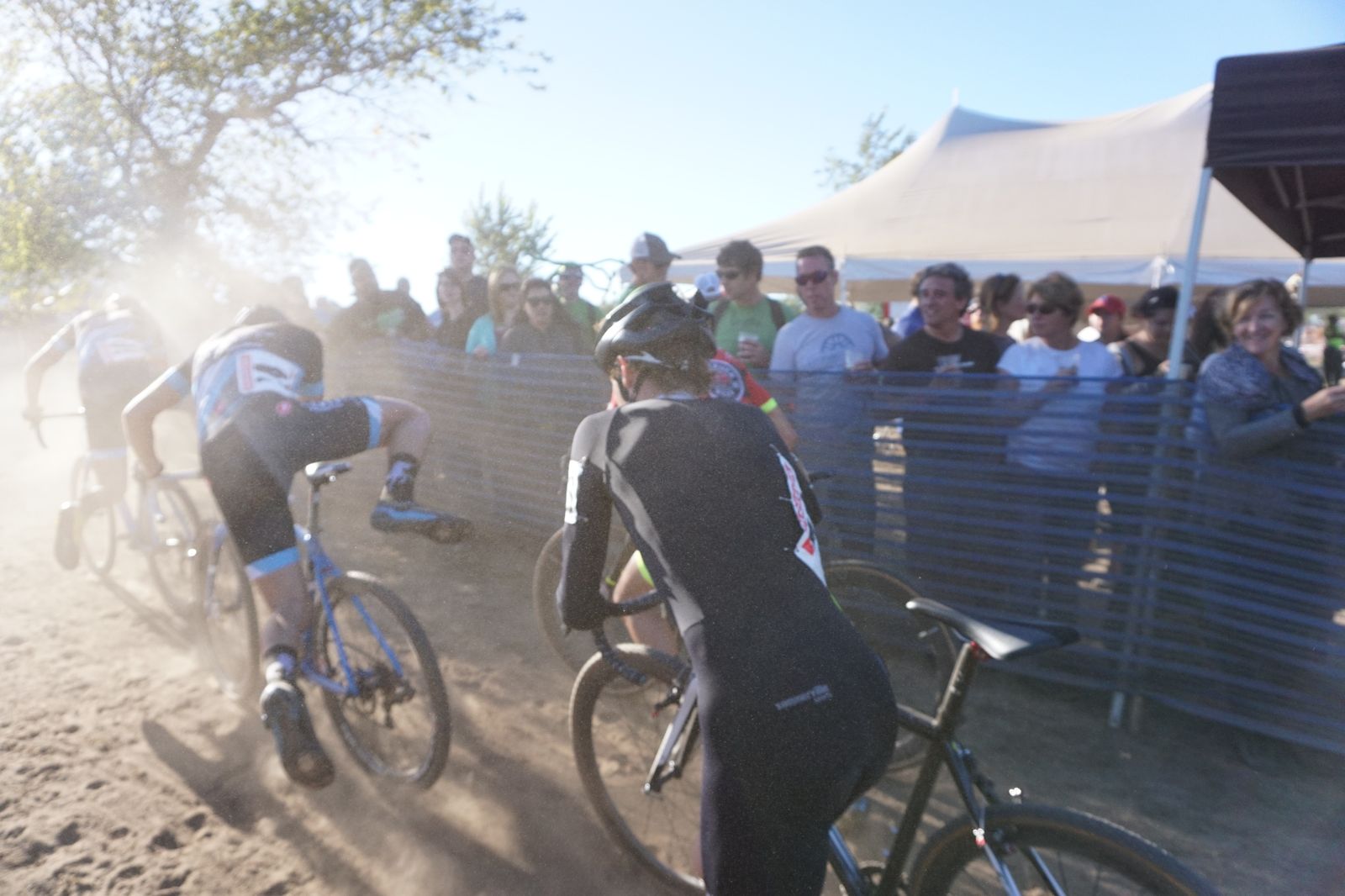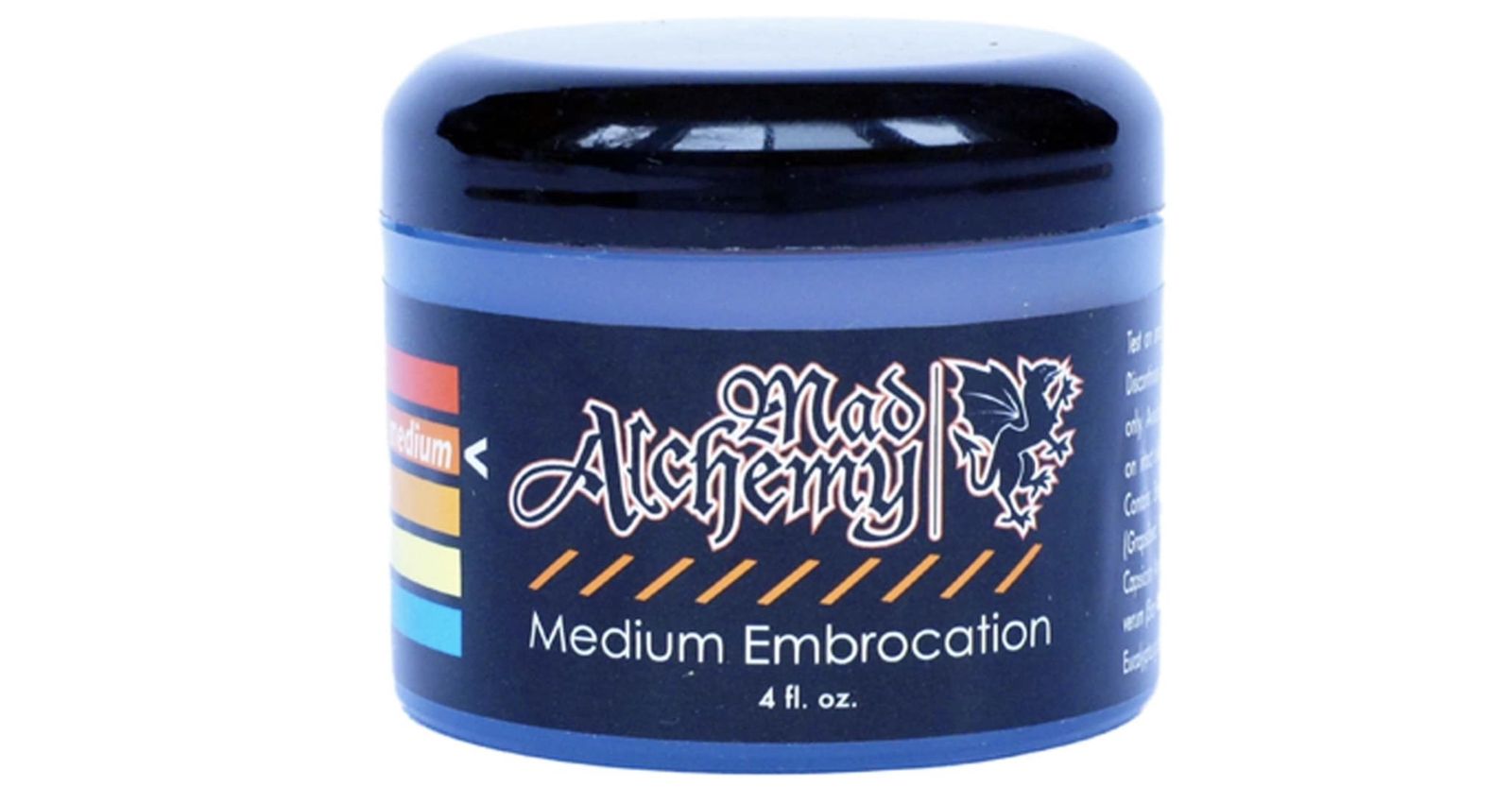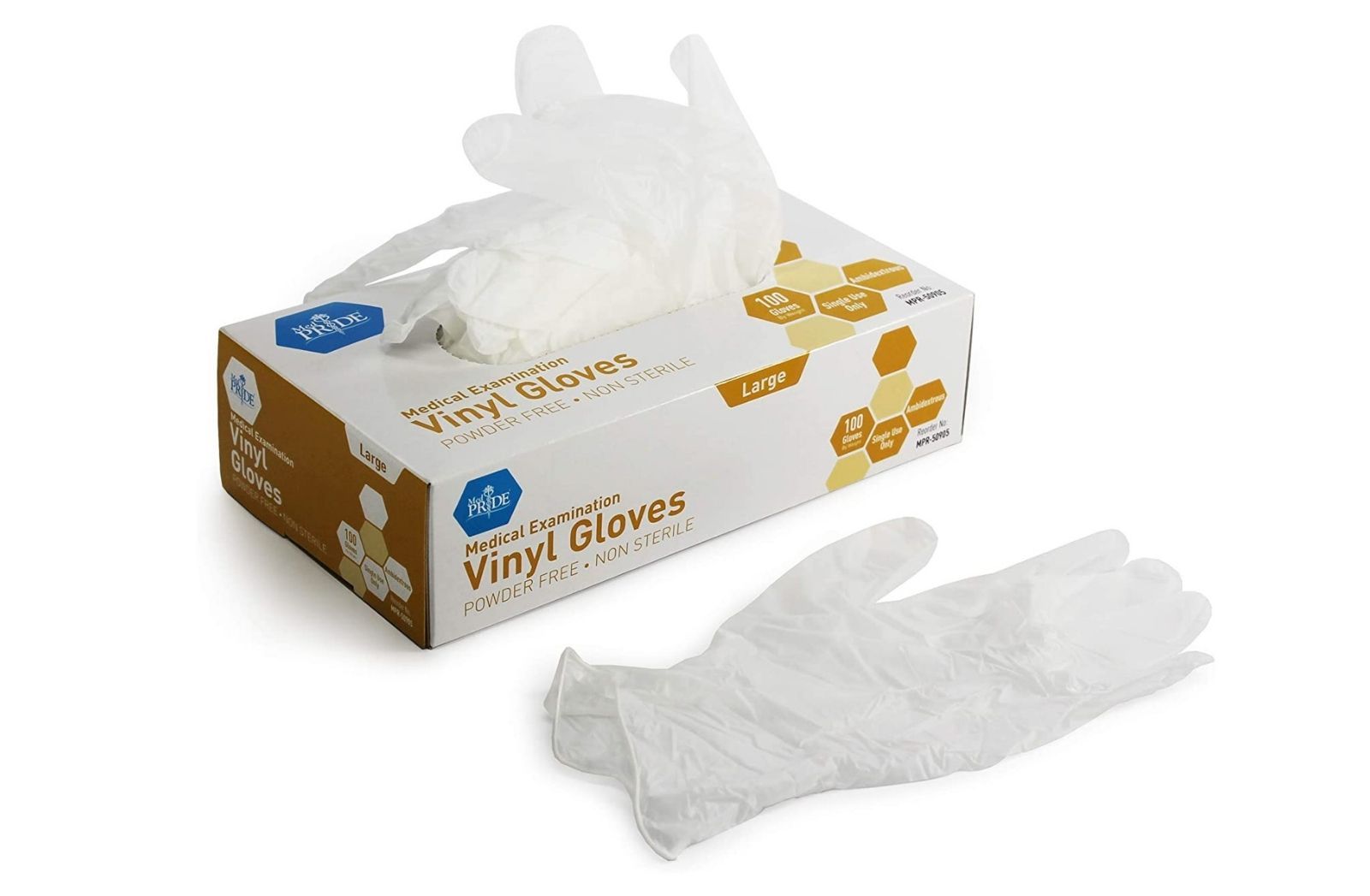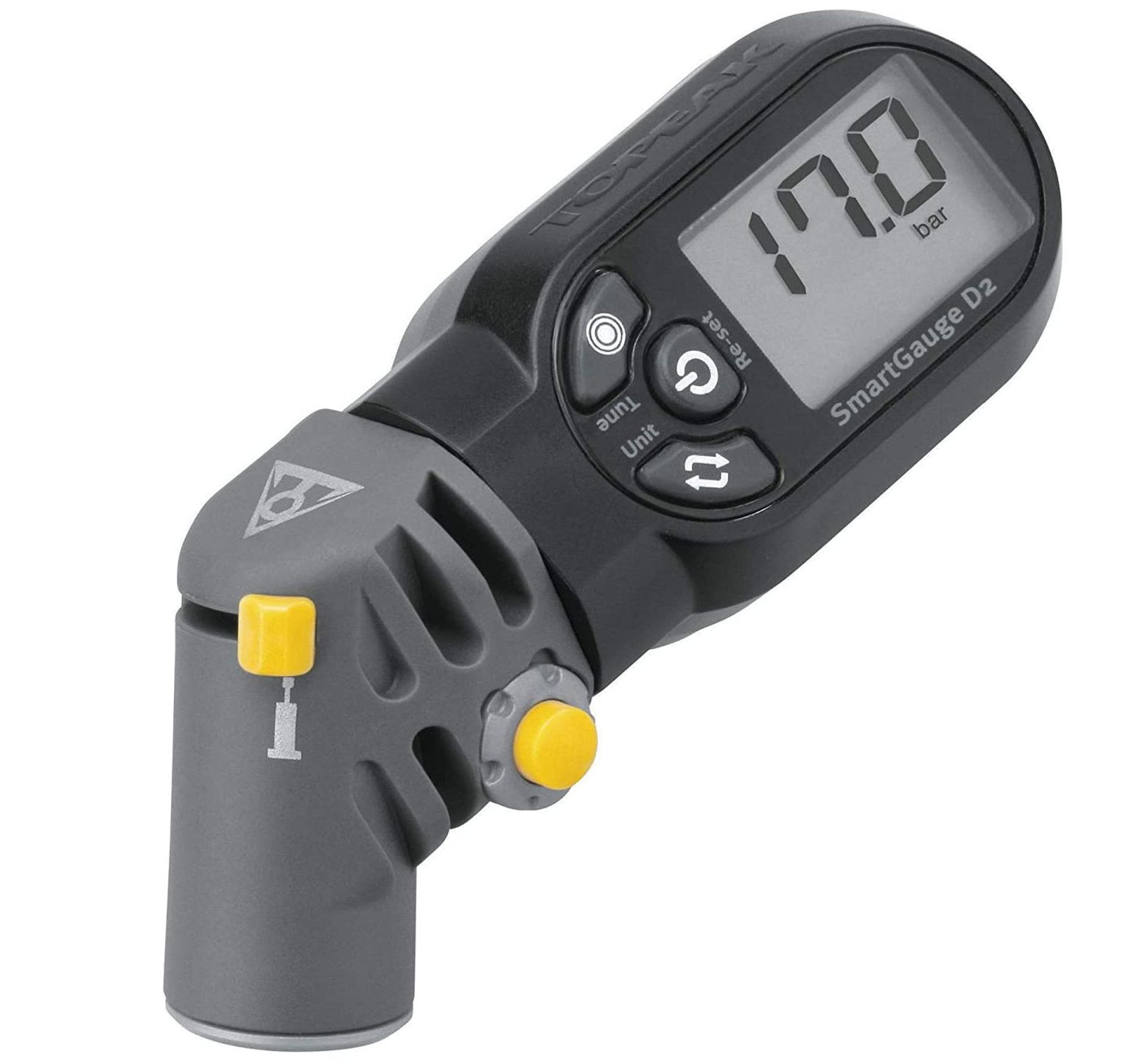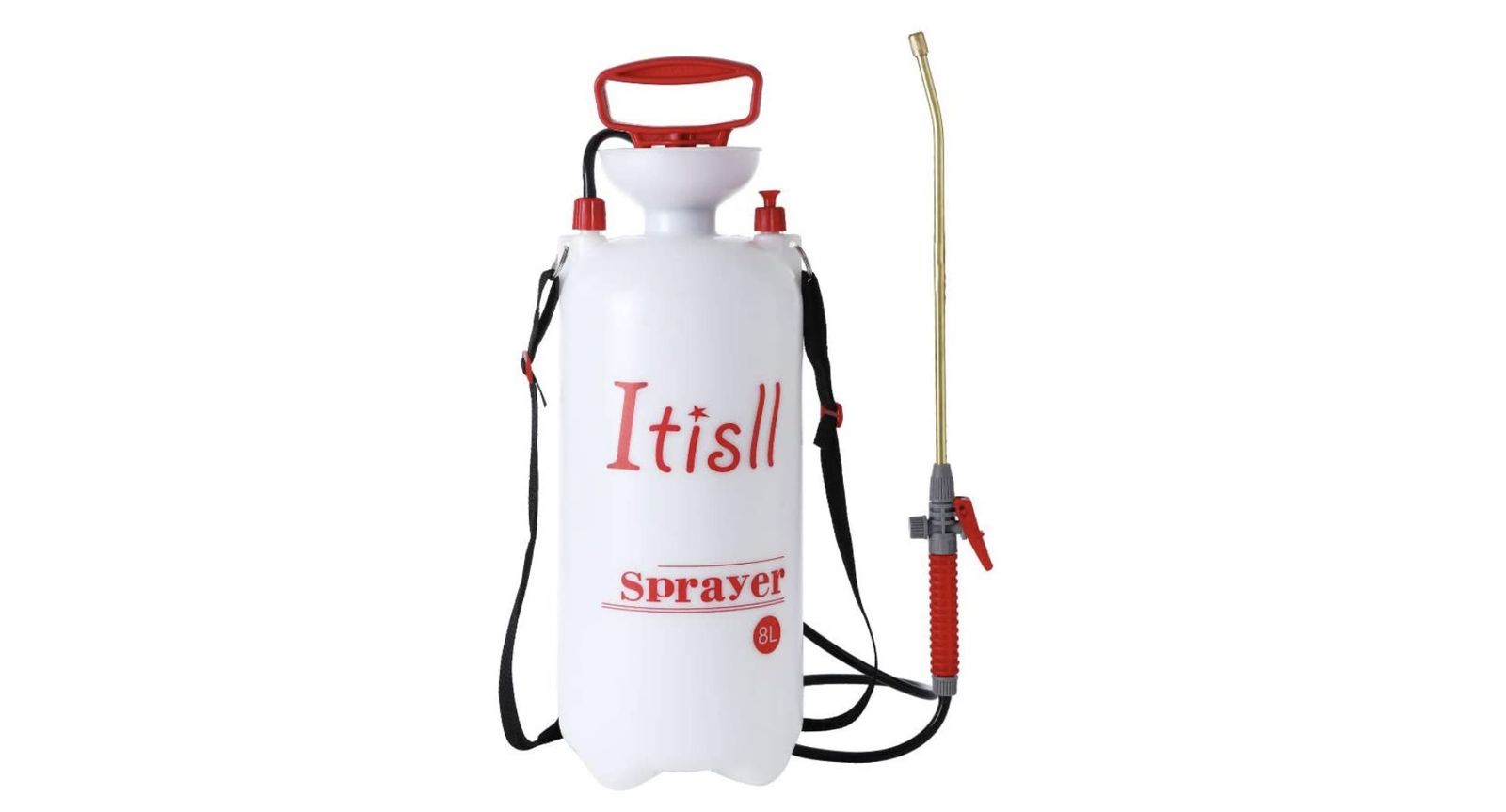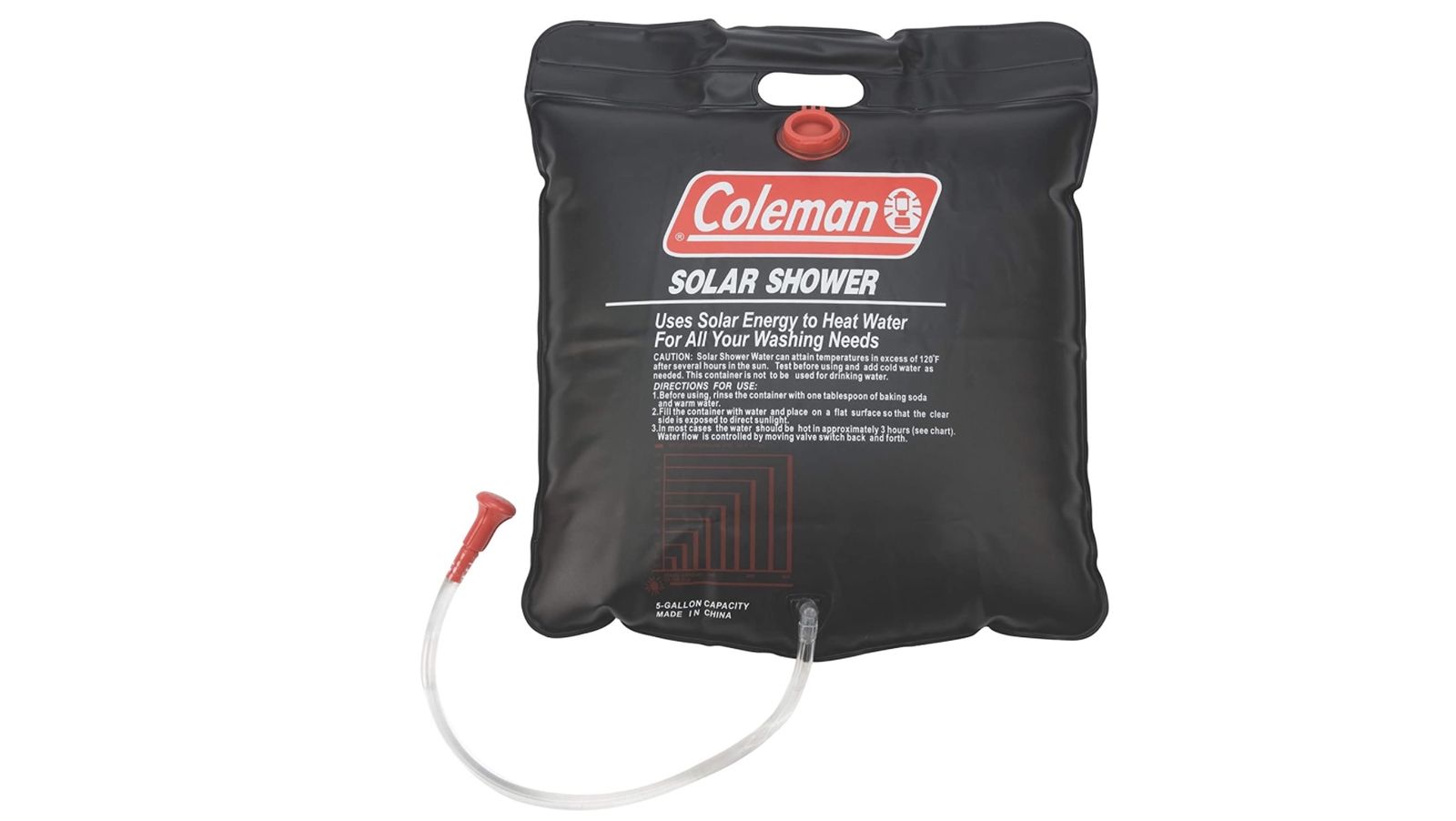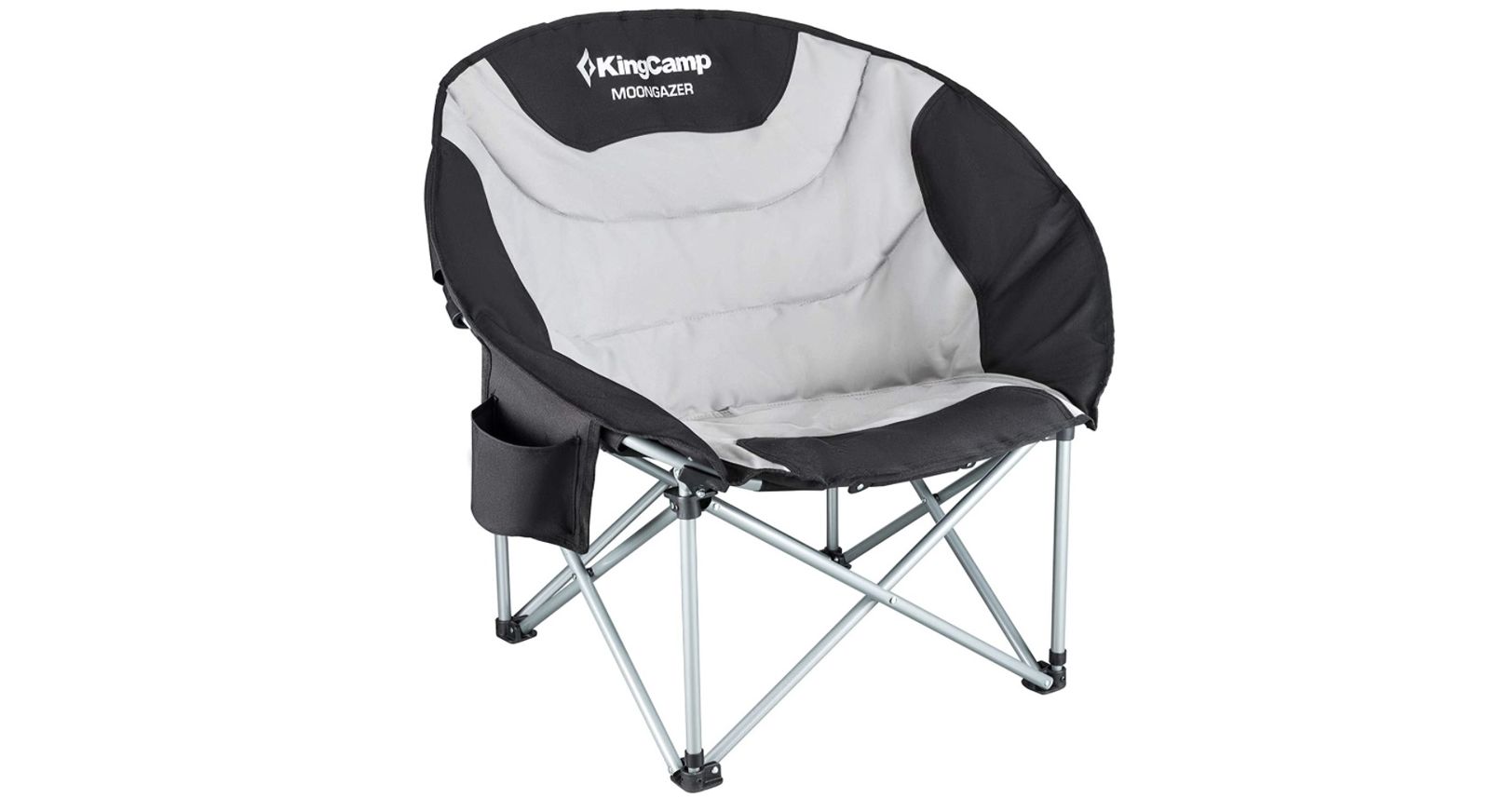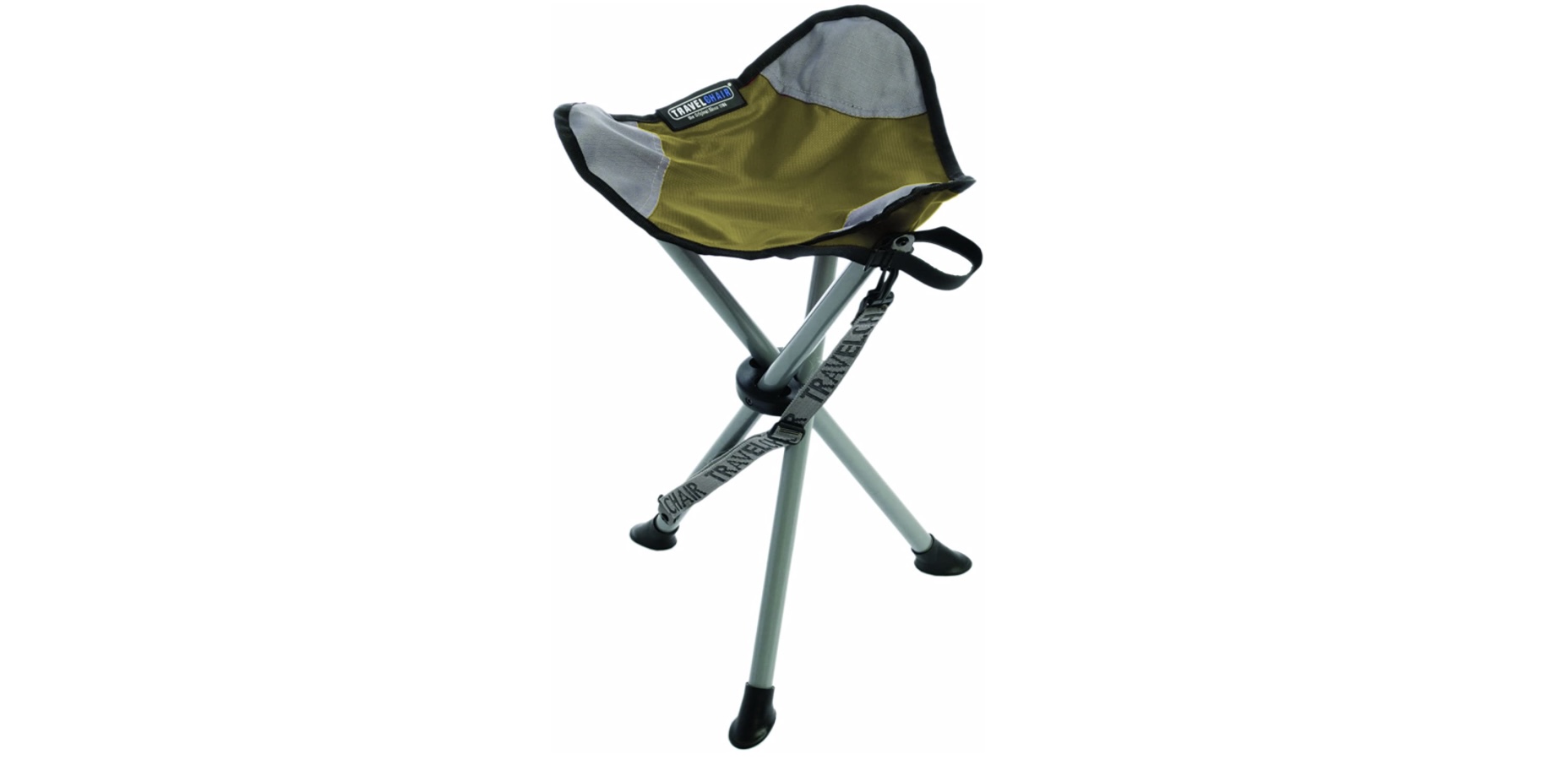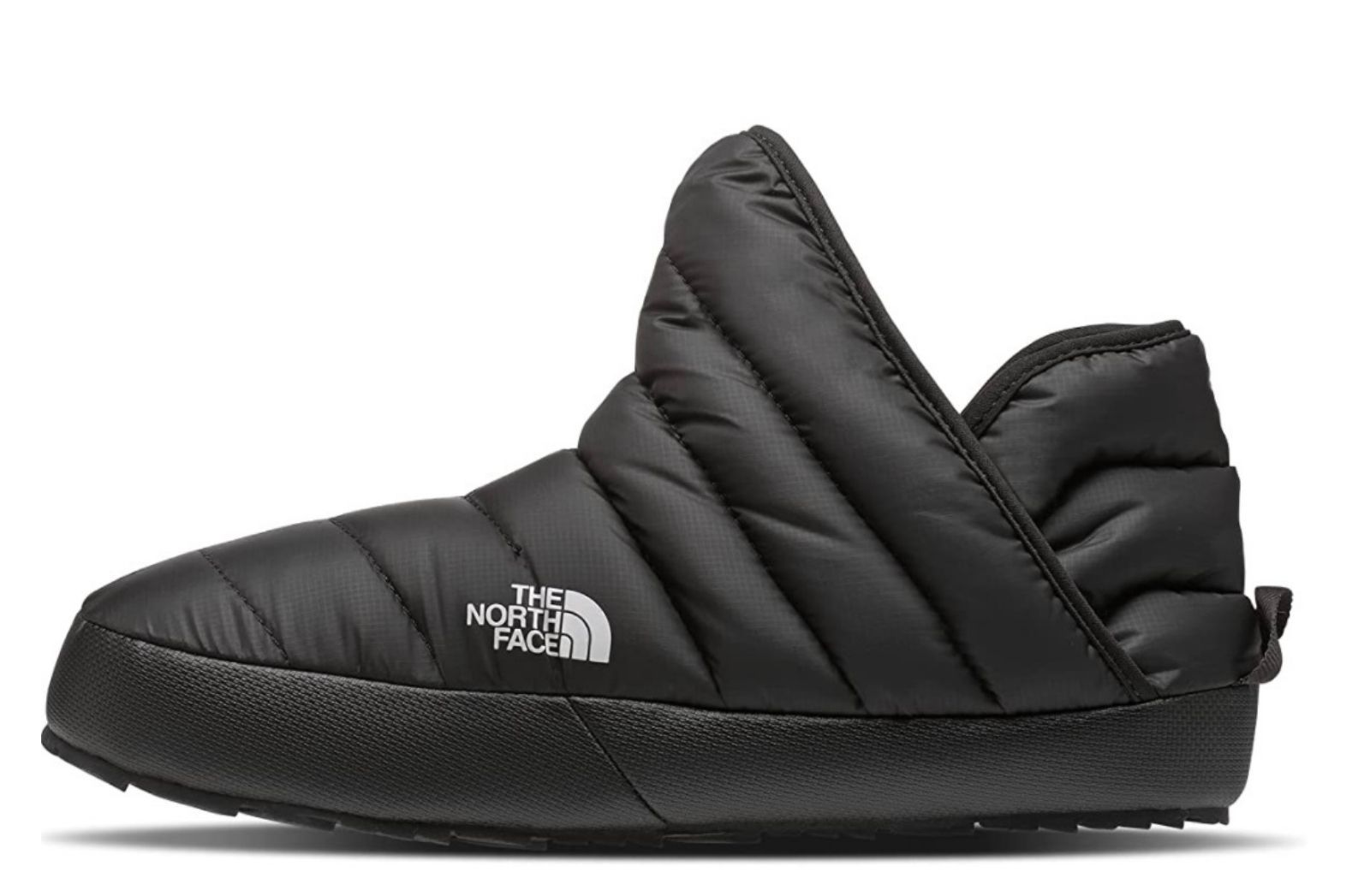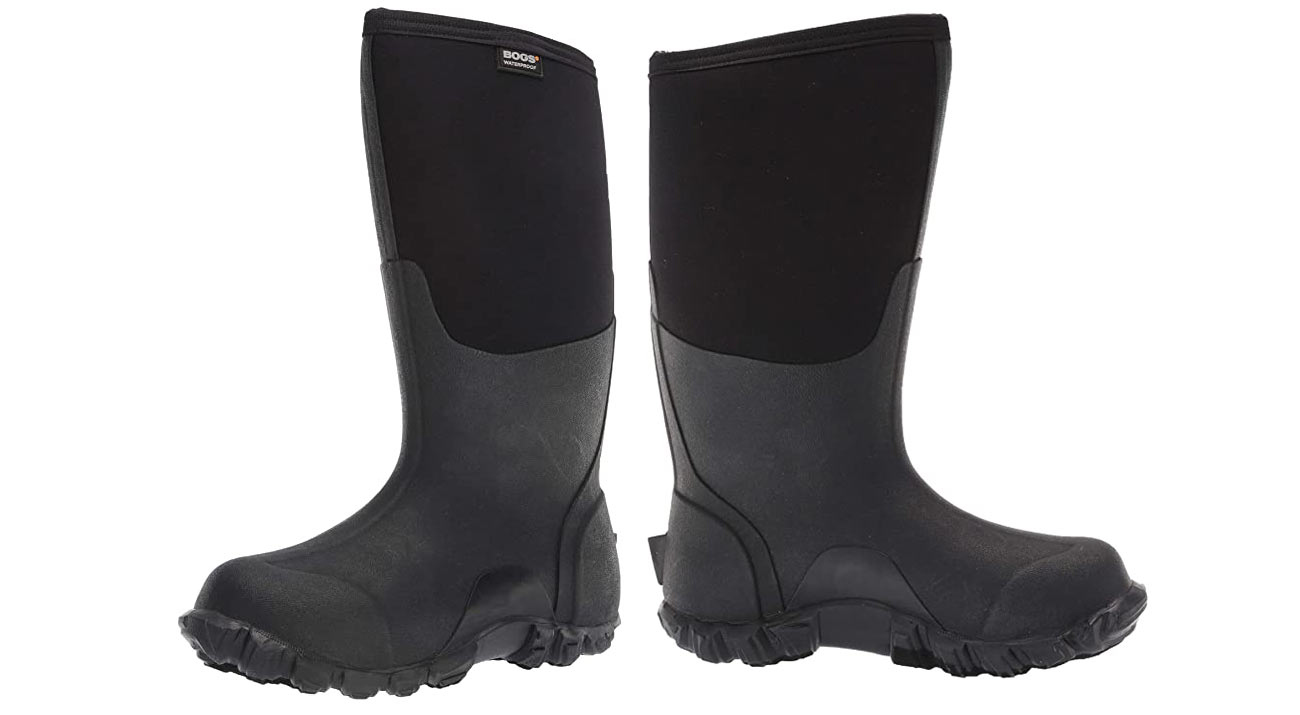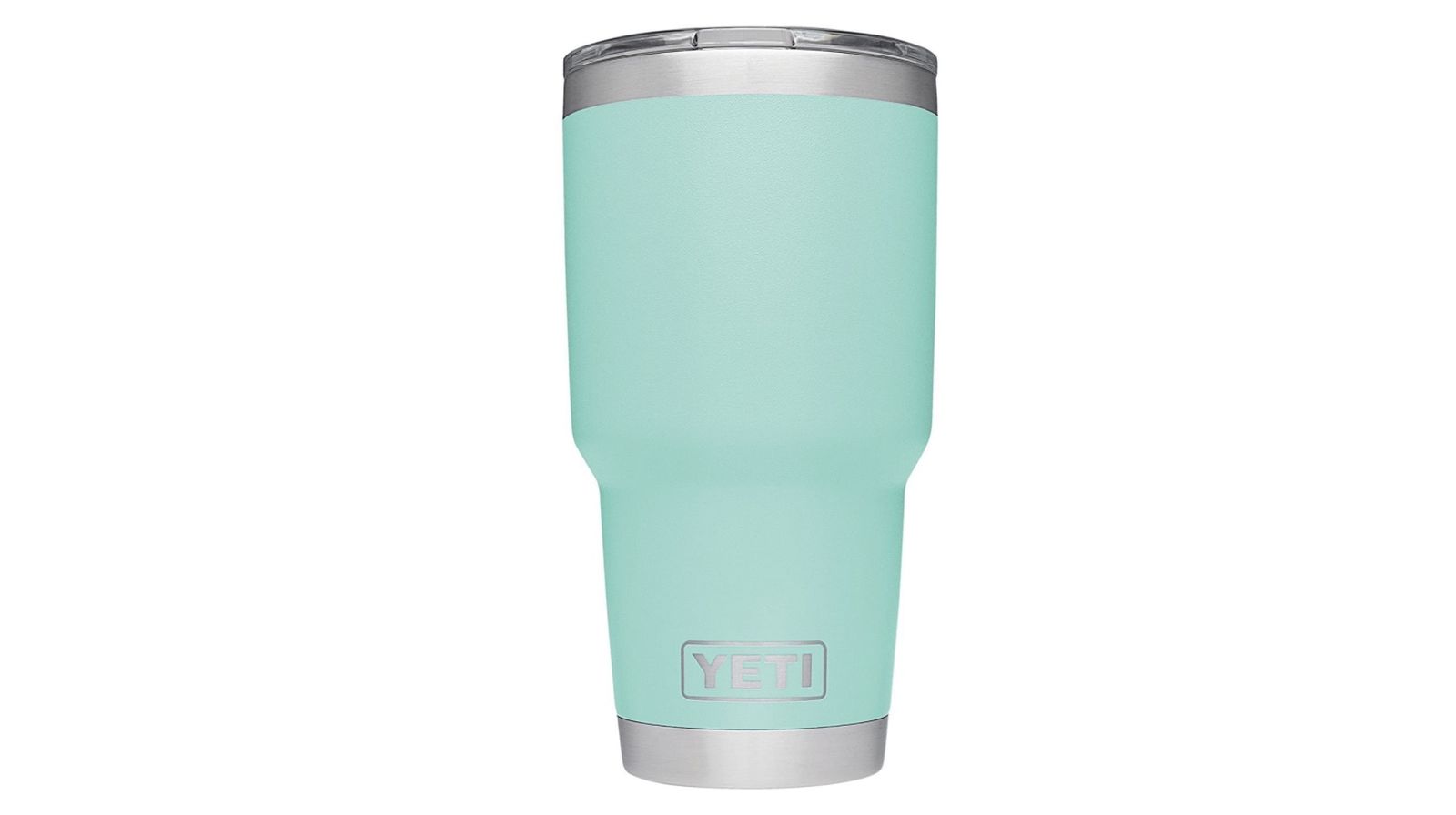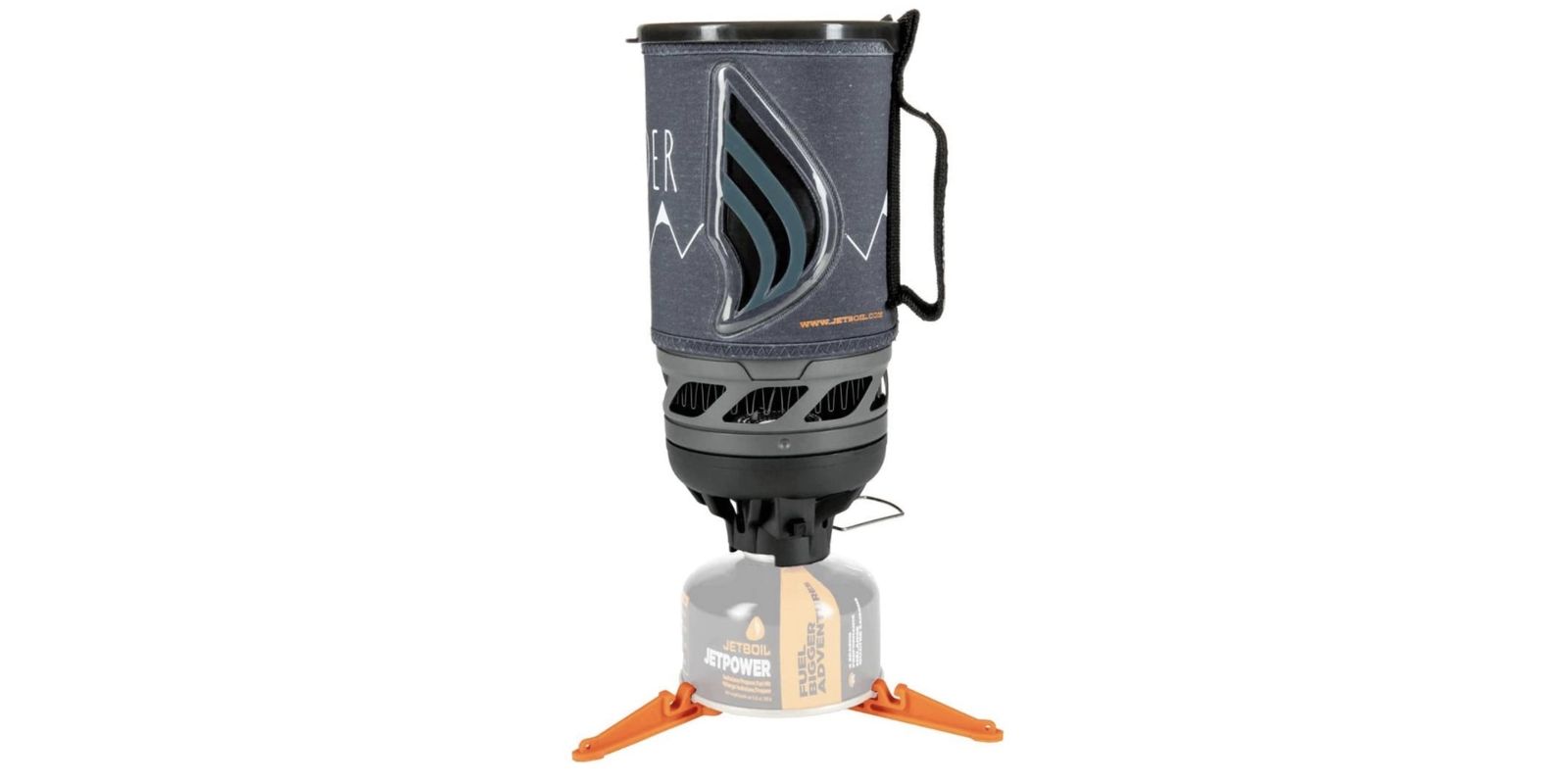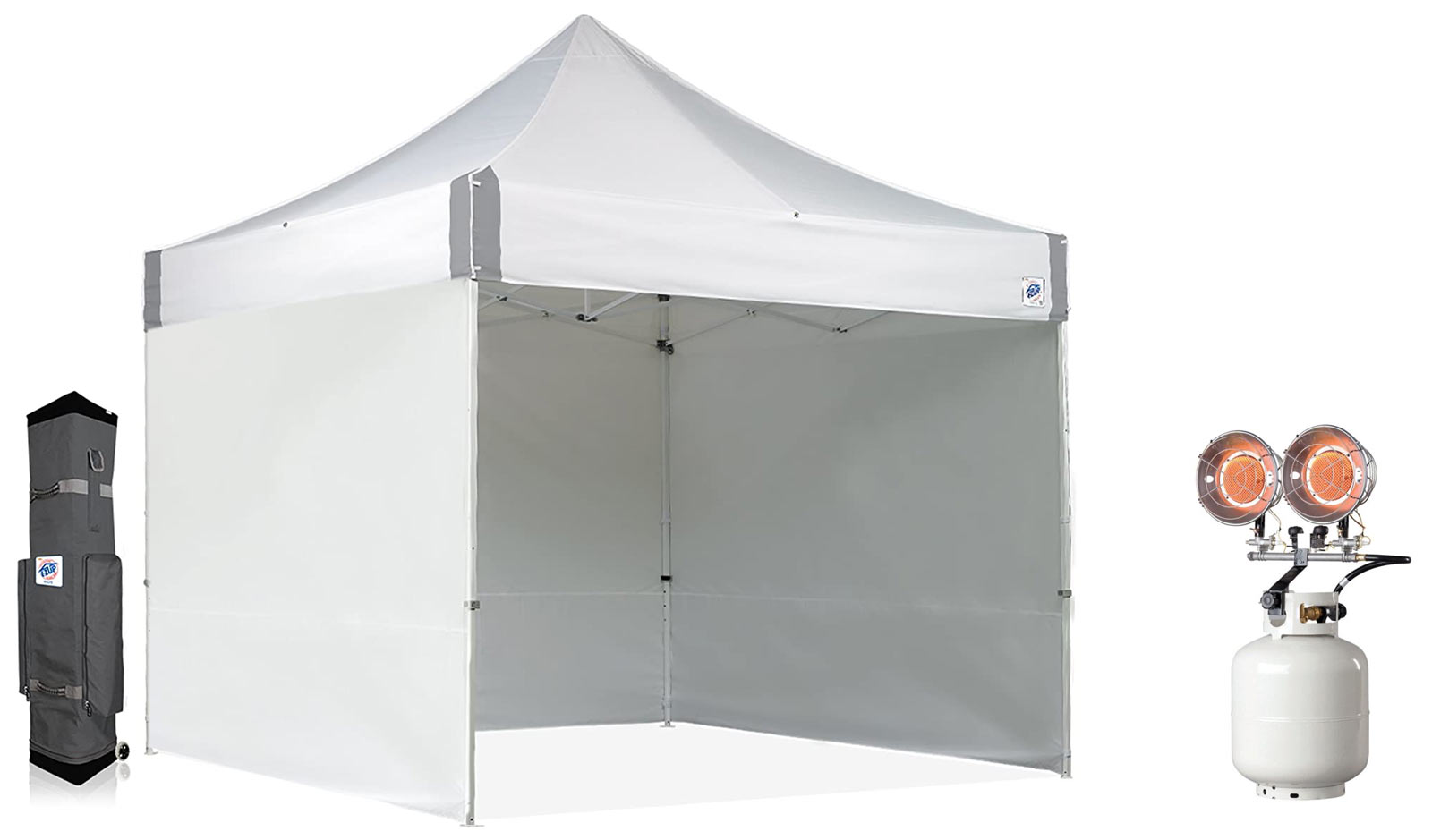Planning to race cyclocross this season? In addition to the bike, tires, skinsuit, and all the other usual race day accessories, there are a few additions that can make this messy, muddy season much more fun and a lot less rough on you and your car’s interior.
If you’ve signed up for a cyclocross race already, here are our favorite accessories, gear, and other fun stuff to add to your gear bag. We’ve even included a few over-the-top ideas if you really want to maximize your day at the cyclocross party…
Sun Cube Microfiber Changing Robe
At a normal bike race, you may only change once: You show up in your kit, and only swap out when you’ve crossed the finish line. But in cyclocross season, you’re more likely to show up in street clothes, then change into one kit to do a practice lap, possibly a second kit for another practice session if it’s muddy out, then your actual racing skinsuit, and finally, back to your post-race clothing.
That’s a lot of changing to do, and a changing robe or skirt can save you from an embarrassing towel-dropping faux pas…and it’s way easier than trying to change in your car!
- MSRP: $27
Mad Alchemy Medium Heat Embrocation
If you’re new to cyclocross, the idea of embrocation might be all new to you as well. Embrocation is basically a heating cream that’s applied to your legs to keep them tingly and warm during a cold, wet race. Most cyclocross racers will opt for embrocation over legwarmers in all but the coldest conditions since “embro” won’t get soggy if you get muddy or wet.
Apply a thin layer to the parts of your legs that are exposed to the elements and enjoy the results. (Wash off with dish soap afterward in order to remove completely. And never, ever mix up your embrocation with your chamois cream…and keep reading, because you’ll need gloves, trust us!)
- MSRP: $21 for 4 ounces
Latex Gloves
From embrocation application to working on your bike and avoiding a grease- or mud-covered hand before heading to the start line, latex gloves can be a cyclocross racer’s (or amateur bike mechanic’s) best friend. When applying embrocation, it’s important to ensure that no leftover embrocation gets in your eyes or other… sensitive areas. Using vinyl gloves rather than bare hands is the best way to ensure that you don’t end up with a spicy tingle anywhere other than your legs.
And with the amount of dirt and grime that your cyclocross bike can get caked in during a 40-minute race, you’ll want to avoid getting your hands dirty doing quick repairs. In chilly temperatures, in particular, it’s nice to be able to do bike maintenance without needing to scrub your hands in cold water to get rid of grease afterward.
- MSRP: $10/100
Topeak SmartGauge D2 Digital Pressure Gauge
If you’ve ever been asked, “What tire pressure are you running?” and didn’t know the answer, you need a digital pressure gauge. Tire pressure is a huge part of dialing in your cyclocross setup: Too much and you’ll slide out in corners, too little and you run the risk of pinch-flatting as you ride over a root. And we’re literally talking half a PSI…small changes make a huge difference.
Topeak’s digital pressure gauge is a great tool to have before, during, and after a pre-ride lap of the course. Check your pressure before you head out for a lap, and if you stop to let the air out during your lap, check again to see where you end up. This will help you dial in your tire pressure ‘sweet spot’ for each course—it will vary depending on the course conditions and tires, so don’t just decide that 28 PSI is your go-to pressure for every race.
- MSRP: $39
SKS Twenty-Niner Floor Pump
On the note of tire pressure, a pump that can get pretty darn specific with proper PSI is also a must. The SKS TwentyNiner pump is actually one of the best pumps for filling big tires quickly and to a very specific PSI. The larger barrel blasts more air into your tubes and tires with each pump. (It can even help seat tubeless tires with relative ease, if you’re running a tubeless CX setup.)
Because it’s designed primarily for mountain bike tires that will run lower tire pressures, the gauge only goes up to 73 PSI. That makes it easier to see exactly what pressure you’re at, and the narrow range makes it more accurate. The PSI readings below 30 are some of the most accurate we’ve seen on a regular pump, which is why the SKS TwentyNiner pump is our pick for cyclocross, where many riders are running 22-37 PSI. At those ranges, even 0.5 PSI can make a big difference, so having a pump that works well in that range is key. (Check out more great bike pump options here.)
- MSRP: $50
Feedback Sports Omnium Over-Drive Portable Trainer
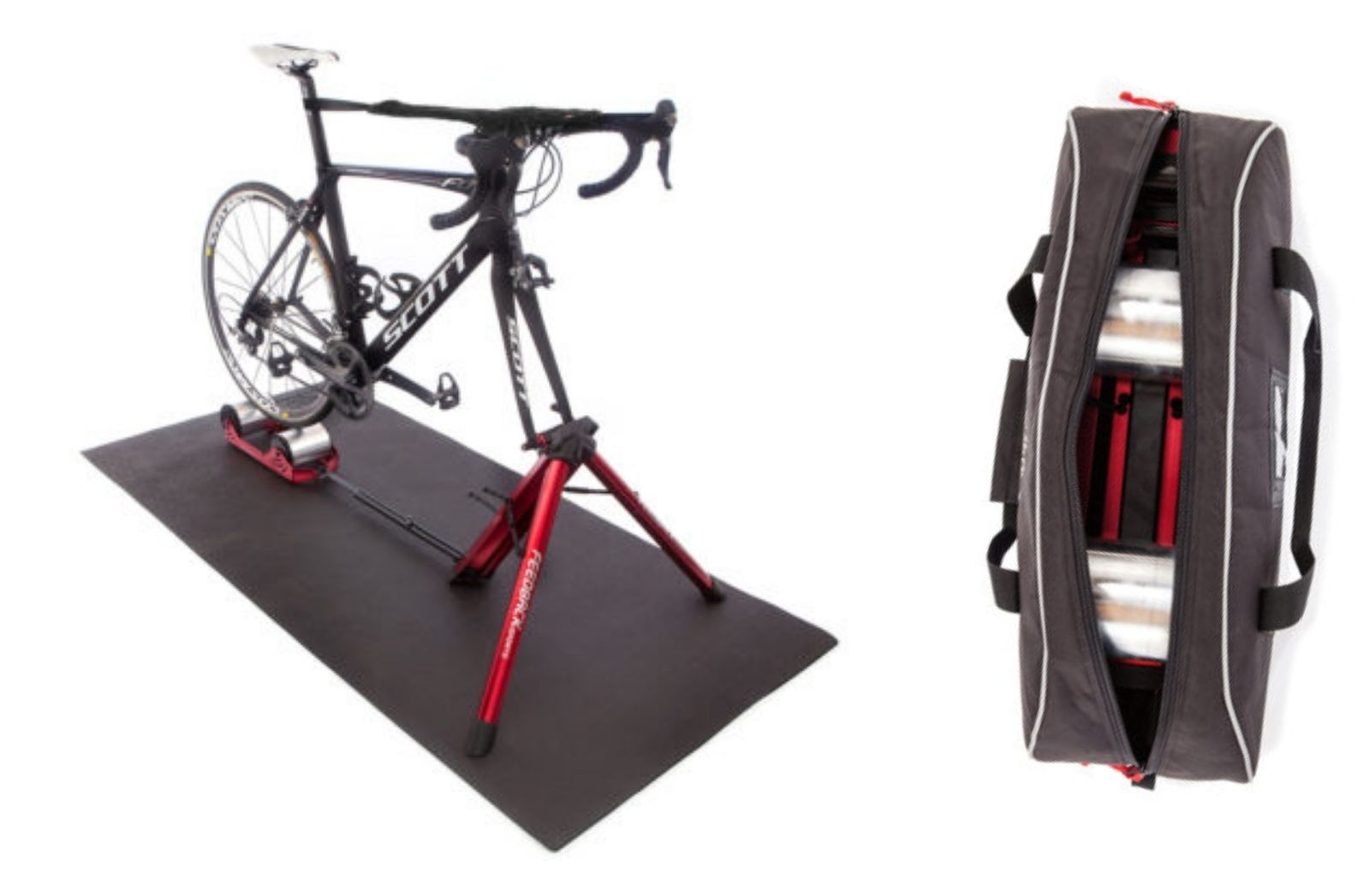
We love the Feedback Omnium Portable Trainer for cyclocross ease thanks to the combination of rollers with a front wheel mount. It’s easy to pop a cyclocross bike onto to quickly warm up at a race, with just enough resistance to make you sweaty. While some riders swear by rollers or prefer a direct drive trainer, we’ve found that this is one of the best family-friendly options since a wide range of bikes can fit on it with minimal adaptors requires. Because the front wheel is the one being mounted, it’s a simple shift to go from quick release to thru axle, without any cassette or cog swaps.
At only 14 pounds and with a tidy travel case, this is the easiest trainer to slip into the car or even carry on if you’re flying to your race. And you can use it at home (or in a hotel room if you’re on the road) for intervals as well.
- MSRP: $490
2-Gallon Portable Garden Pump Sprayer
Don’t have a professional mechanic around to clean your bike for you post-race? Skip the long wait at the public bike wash (if there even is one at the race venue) and instead, use a 2-gallon weed sprayer to hose your bike down post-race.
It won’t clean your bike with perfect precision, but as long as you fill it with hot water at the start of the day and spray your bike before the mud starts to freeze or dry, this tiny $37 sprayer will get your bike clean enough to load back into the car without wrecking your SUV’s interior. It’s also ideal for spraying down shoes, helmets and even skinsuits before the mud dries—especially helpful if you’re racing again tomorrow…or in an hour.
- MSRP: $37
Coleman 5-Gallon Solar Shower
On particularly crappy days—perfect cyclocross weather!—you may also need to clean your body off. While the weed sprayer can help quickly spray off muddy legs, this simple solar shower from Coleman is a great way to do a solid parking lot shower. It’s particularly great if you’re going to be at the venue for hours after your race: It’s nice to not feel cold and muddy as you cheer on your buddies or kiddos. Even in cold weather, a solar shower will warm up during the day if you leave it in a sunny spot on the hood of your car, and if you fill it with hot water in the morning, it stays pretty darn warm through the day. It’s also just a great way to carry extra water to the race: Many venues don’t have hoses on site, so this extra five gallons can refill water bottles or your mini-bike wash setup.
- MSRP: $21
KingCamp Moon Saucer Leisure Heavy Duty Steel Camping Chair
You’re exhausted post-race but your kids are racing, or you want to stick around for the elite races. But all you want to do is collapse and curl up somewhere. Enter the comfy camping chair, with space to spread out, plus a cup-holder for that coffee (or beer, we don’t judge). We love this saucer-style chair for getting comfy and possibly taking a quick post-race nap. (And one Bikerumor staffer’s dad won’t go to a race without it.)
- MSRP: $70
TravelChair Super Compact, Folding Tripod Camping Stool
If you don’t want to commit to a full folding chair, you do a lot of fiddling with your bike pre- and post-race, or you like walking around a course and stopping at different vantage points, but still want to be comfortable and sit down, a folding stool is your best bet. These camp stools fold up to a size that can tuck into a backpack, making them ideal for walking around the course and sitting at different spots to cheer. But Bikerumor staff really love that these stools are just the right height for sitting and working on your bike, especially if you bring your bike stand with you.
- MSRP: $26
The North Face ThermoBall Traction Bootie
After finishing a few races and ending up in a car sobbing as my feet slowly regained feeling in the most painful way possible, this Bikerumor editor swore to herself that post-race, comfort and warmth would take priority over peak fashion. Enter the undeniably unattractive but oh-so-comfortable North Face ThermoBall Traction Booties that have been my post-race wardrobe staple for years now. The only downside of these boots is that in particularly mucky races, galoshes will be better for walking around the venue. But for the drive home, you can’t beat these for coziness.
- MSRP: $65
Bogs Classic High Waterproof Boots
If you prefer a boot that can stomp around in the muckiest weather while keeping your feet dry and pretty darn warm, skip the booties and go for a pair of heavy-duty boots from Bogs. A blend of galoshes and neoprene for warmth, these rubber boots are comfortable to tramp around in while keeping your feet warm and dry. And, they’ll maintain a decent grip in mud, snow, even rough ice, so you’re less likely to slip and fall into the crud.
Also ideal if you’re also serving as pit crew for another racer and will be standing ankle-deep in mud, spraying bikes down to clean them, and getting soaked in the process. One tester has had the same pair for eight seasons (check our review from 2013 for proof) and they’re still in great shape. They run true to size while having room for thick, cozy socks…but they go up to size 19 (!!!) if you wanna size up for really thick socks.
- MSRP: $120
YETI Rambler 30 oz Stainless Steel Vacuum Insulated Tumbler
An extra-large, long-lasting coffee mug is a staple for a cyclocross racer or a cyclocross supporter. When temperatures dip to below freezing, a mug that can keep a huge amount of coffee or hot cocoa hot throughout a long day at the course is critical, so we love the 30-ounce Yeti Rambler. It will keep your drink hot for several hours, ensuring that your piping hot coffee is still warm for your post-race consumption.
- MSRP: $59
Jetboil Flash Camping and Backpacking Stove Cooking System
We admit, this one is a little extra. But if you’re at races every single weekend October through December, honestly, a JetBoil is worth its weight in gold, especially if you’re at the course all day. Many venues won’t have any kind of food or drink available, or selection will be extremely limited. And because cyclocross needs park space, typically, you won’t be able to easily swing by a Starbucks halfway through the day. A JetBoil can quickly boil water for the perfect pour-over, instant coffee, cup’o’noodles, or hot cocoa. Essentially, it can turn a cold, semi-miserable day into something a lot more pleasant in minutes.
- MSRP: $110
Karecel Rechargeable Hand Warmer and Power Bank
Hands get cold at cyclocross races as fall starts to fade into winter. And if you’re tired of freezing fingers but hate the idea of using single-use chemical handwarmers, consider the Karecel rechargeable handwarmer instead. This small contraption is charged with a USB and then can slip into a jacket pocket to keep your hands cozy post-race as you cheer for the pros. Bonus, if your phone doesn’t hold a great charge in the winter, it doubles as a portable power bank.
- MSRP: $25
PawPup Dog Towel
This may sound like a silly, specific choice, but a dog towel beats beach towels and camping towels for cyclocross racing. They tend to be a hybrid of the two: Thin like a small towel you’d take on a camping trip, but with a plush, absorbent layer designed to clean up a dirty dog—similar to the cleanup job you need to do after a muddy race. A beach towel will get soaked and gross quickly, while a camp towel simply won’t be able to absorb the muck. The pawpup dog towel meets you in the middle and absorbs but doesn’t get weighed down.
- MSRP: $18/2 towels
EZ-UP Tent & Mr. Heater Space Heater
This may seem over the top, but trust us, if you’ve ever seen the pro’s team tents, they’re almost certainly the EZ-UP commercial grade 10×10 or 10×20 tents, and they almost certainly have space heaters in them.
For the tents, there are a lot of cheap imitations, and “bug tents” with angled legs. You don’t want those. They won’t last a season, and one strong wind will probably fold them like a tin can. And then they’re landfill fodder. Spend the coin (about $220-$240) for an actual EZ-UP tent, and get the commercial ones – they’re made to take abuse and last event after event. Buy it once, use it for years, and make sure to get the one with the sidewalls because those will block freezing wind (and snow and rain) and help trap heat.
For the space heater, don’t try to sort out an electric one. Bring your 13-gallon propane tank from your grill and mount the Mr. Heater 30,000 BTU portable propane heater to it. Fire this bad boy up and you’ll stay toasty, and have a great way to warm those fingers and toes after your race. You’ll wonder how you ever did ‘cross without it.
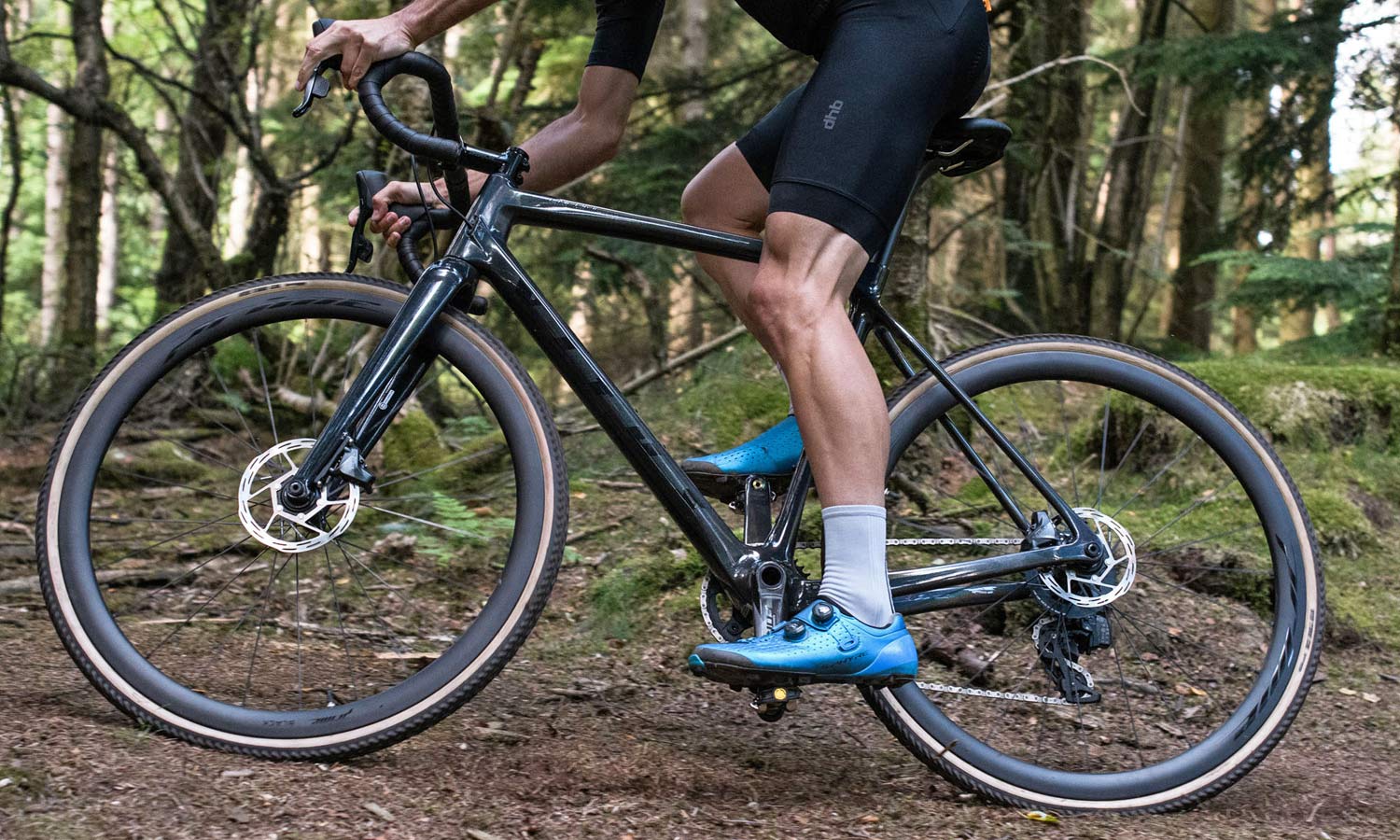
Buyer’s Guide for Cyclocross Accessories
Think about your entire race day. Cyclocross in particular requires a lot of forethought given the nasty weather conditions that make it so much fun. And because most races are doubles—racing both Saturday and Sunday—and require a fair amount of pre-riding, which means you’re at the course for hours before your race, it’s important to think through each day from start to finish, not just start line to finish line.
How early do you need to be there to pre-ride twice, when pre-ride windows are short and between other races? Do you want to stay to watch the elite races and hang out with friends? Suddenly, that JetBoil seems more reasonable now that you realize you’ll be at the course from 9 AM to 5 PM!
Consider variable weather conditions. For some people, cyclocross is a fair-weather sport. You race the early races in September and October, and if temperatures drop or it gets muddy outside, you skip the race. That’s a totally valid way to race cyclocross, but it means you likely can get away with not needing bike and body washing tools or embrocation. On the other hand, if you’ll race in any condition and thrive in the cold muddy races, then those tools will be extremely helpful.
Think body and bike. Cyclocross is as hard on your gear as it is on your body.

Frequently Asked Questions About Cyclocross
What tire pressure should I run for cyclocross?
We could write an entire treatise on this topic, but in general, you’re going to be running somewhere from 22 to 30 PSI, depending on body weight, course conditions, the type of tires that you’re running, and your bike handling skills. We recommend starting around 27 PSI for a preride lap and paying attention to how your tires hook up in grassy corners, and if you feel your wheel’s rim whenever you hit any roots or rocks. If you’re sliding out in corners, let out a small amount of air. If you’re bottoming out, add a bit. Use a notebook to keep track of what PSI works for you on different types of courses. And remember, don’t just copy what your friend is doing: You may be heavier than he is, or you might be running tubeless while he’s running tubular tires.
What do I need for pre-race?
Pre-race and all the way to the start line, you want to focus on having your bike and body dialed in as much as possible. That’s where things like a digital pressure gauge to perfect your tire pressure come in handy for your bike, while embrocation can help make your legs feel warmer. And of course, having some plan for warming up is critical: Because cyclocross races start fast and furious, you don’t want to go to the start line still cold.
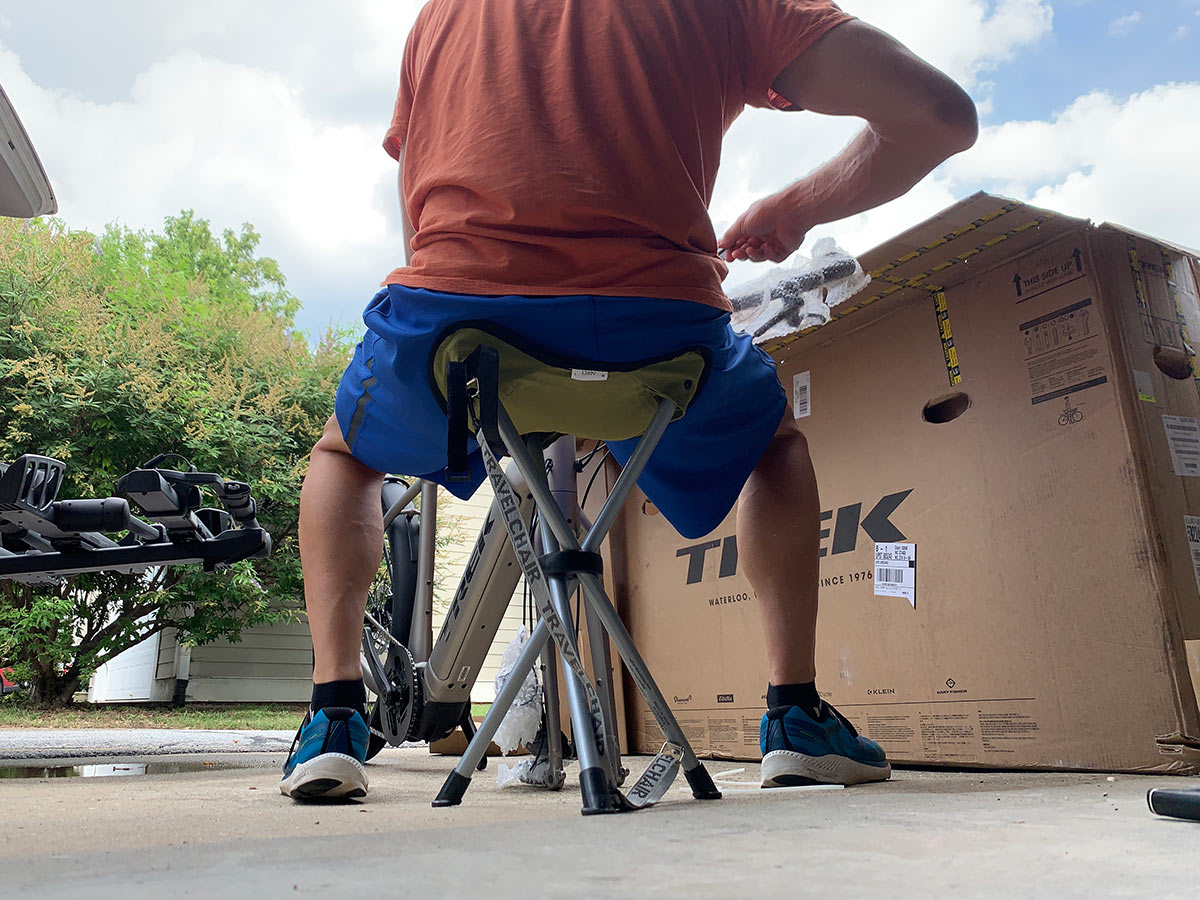
What do I need for post-race?
Think about getting warm, clean and dry ASAP. Counterintuitively, this can include a cool-down, since you don’t want to go from 100 percent effort to zero, otherwise you’ll end up shivering and feeling funky. So take a few minutes to cool down by riding easy, then head to the car and focus on getting yourself out of your wet, dirty clothes and into dry, warm ones. Get changed (using your changing robe), then
How do I apply embrocation?
Use embrocation sparingly, a little goes a long way. Make sure you’re already wearing the skinsuit or bike shorts you’re planning to race in before applying it, then apply a thin layer to the parts of your legs that are still exposed. Don’t get too high on your legs, because you really, really do not want to get embrocation in any ‘sensitive areas.’ Pro tip: invest in some latex gloves or use a sandwich baggie over your hand when applying in order to avoid your hand getting covered with embrocation.
Do I need all the stuff on this list?
Of course not! But it’s nice to have. If you’re on a budget, you can likely use a lot of what you already have around the house to make race day smoother. These are just our favorite gear suggestions that have served us well over the years—two Bikerumor staffers not only have raced elite-level cyclocross, we’ve coached it for years as well, and one of us spent three years in Europe managing a professional cyclocross team. We know racing—and we know how easy it is to get cold, wet, and grumpy on race day if you don’t have the right setup.
